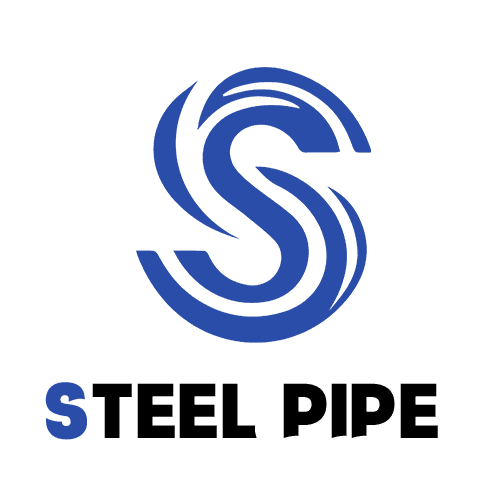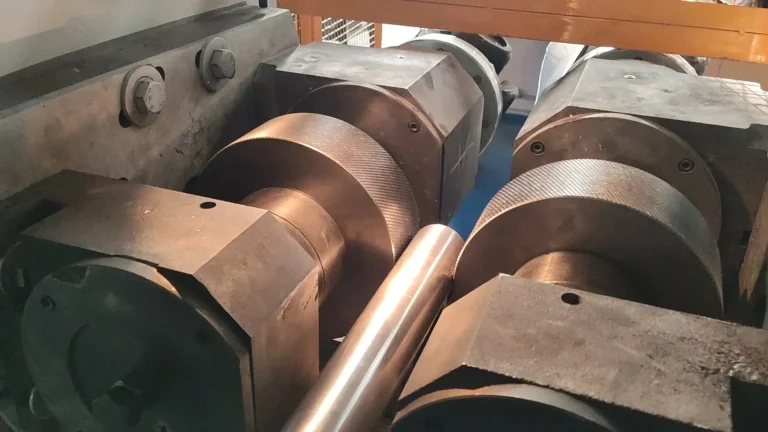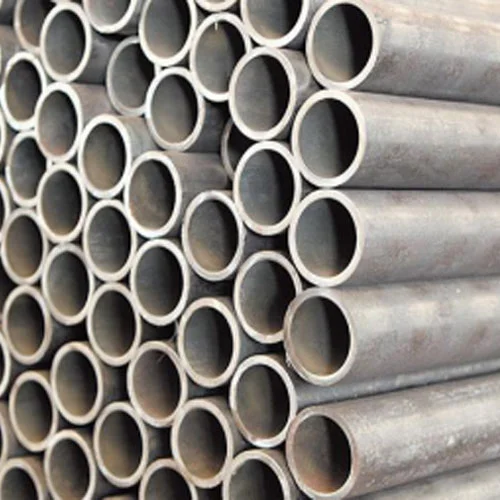مرحبًا بك في مدونتي!
قبل أن نتعمق في المحتوى، أود أن تنضموا إليّ على منصات التواصل الاجتماعي الخاصة بي حيث أشارك المزيد من الأفكار وأتفاعل مع المجتمع وأنشر التحديثات. إليك كيف يمكنك التواصل معي:
فيسبوك : فيسبوكhttps://www.facebook.com/profile.php?id=61559060896490
والآن، لنبدأ رحلتنا معًا. أتمنى أن تجدوا المحتوى هنا ثاقباً وجذاباً وقيّماً.
جدول المحتويات
مقدمة

Carbon steel mechanical tubing stands as a cornerstone material across diverse industries, from construction and automotive to manufacturing and beyond. Its widespread adoption stems from a potent blend of robust properties and a compelling price point. This blog post will delve deep into the multifaceted advantages of this versatile material, exploring its intrinsic characteristics, the myriad applications it serves, and the factors that consistently make it a preferred choice for engineers and designers worldwide. We will dissect its key attributes, analyze its performance in various contexts, and ultimately demonstrate why carbon steel mechanical tubing continues to be an indispensable component in countless modern endeavors.
Understanding Carbon Steel Mechanical Tubing
At its core, carbon steel mechanical tubing is derived from low-carbon steel, a material renowned for its exceptional malleability. This inherent pliability makes it highly amenable to a wide array of shaping and forming processes. The fundamental composition of this material primarily revolves around iron and carbon, with trace amounts of other elements subtly influencing its overall characteristics. These minor elemental variations, coupled with carefully controlled heat treatment processes, offer a remarkable degree of control over the final mechanical properties of the tubing. This meticulous control allows manufacturers to tailor the tubing’s tensile strength, yield strength, and ductility to precisely meet the demands of specific applications, ensuring optimal performance in every scenario.
الفوائد الرئيسية لـ أنابيب الصلب الكربوني الميكانيكية
Cost-Effectiveness: A Foundation of Affordability
Carbon steel stands as one of the most economically viable materials readily available in today’s market. This inherent affordability translates into significant cost savings across a broad spectrum of applications. The large-scale production volumes associated with carbon steel further contribute to its competitive pricing, making it an attractive option for projects with budget constraints. This cost-effectiveness is a primary driver behind its widespread adoption in industries where material costs represent a significant portion of the overall project expenditure.
Strength and Durability: A Robust Foundation
Carbon steel mechanical tubing exhibits an exceptional strength-to-weight ratio, making it an ideal choice for applications where structural integrity is paramount. This inherent strength ensures that the tubing can effectively withstand substantial loads and stresses without compromising its structural integrity. Furthermore, its inherent durability guarantees long-term performance and resistance to wear and tear, minimizing the need for frequent maintenance or replacement. This combination of strength and durability makes it an indispensable component in critical applications where reliability and longevity are of utmost importance.
Versatility: Adaptability and Flexibility
The inherent versatility of carbon steel mechanical tubing is a key factor contributing to its widespread appeal. Its exceptional formability allows for seamless integration into a wide range of manufacturing processes. It can be readily bent, shaped, and machined to meet the exacting demands of intricate designs. Moreover, its availability in a diverse array of shapes, sizes, and wall thicknesses provides unparalleled flexibility in design and engineering. This versatility empowers designers and engineers to tailor the tubing to the unique requirements of each specific application, maximizing efficiency and optimizing performance.
Corrosion Resistance: Mitigating Environmental Impact
While not inherently as corrosion-resistant as some of its stainless steel counterparts, carbon steel can be effectively treated to enhance its resistance to corrosion. Various surface treatments, such as coatings and galvanization, can be applied to create a protective barrier against the elements. These treatments significantly extend the service life of the tubing, even in harsh or corrosive environments. This adaptability allows for the use of carbon steel in a wider range of applications, including those exposed to moisture, chemicals, and other corrosive agents.
Weldability: Seamless Integration and Complex Assemblies
Carbon steel exhibits excellent weldability, facilitating the seamless joining of components and enabling the creation of complex assemblies. This weldability is crucial in applications requiring intricate structures or the integration of multiple components. The ease of welding not only simplifies the manufacturing process but also enhances the overall structural integrity of the final product. This characteristic makes carbon steel an indispensable material in industries where intricate assemblies and robust connections are essential.
Heat Treatment Capabilities: Enhancing Performance
Carbon steel offers the unique advantage of being amenable to various heat treatment processes. These processes, such as annealing, quenching, and tempering, can be employed to significantly enhance the material’s properties. By carefully controlling the heating and cooling cycles, manufacturers can fine-tune the hardness, strength, and toughness of the tubing. This ability to tailor the material’s properties through heat treatment provides a significant degree of flexibility and allows for the optimization of performance in specific applications.
التطبيقات الشائعة ل أنابيب الصلب الكربوني الميكانيكية
The versatility and robust properties of carbon steel mechanical tubing have led to its widespread adoption across a diverse range of industries and applications. In the construction sector, it serves as a foundational material for structural support systems, scaffolding, and fencing. In the automotive industry, it plays a critical role in the fabrication of frames, axles, and suspension components. Industrial machinery heavily relies on carbon steel tubing for the construction of shafts, gears, and hydraulic cylinders. Conveyor systems utilize carbon steel tubing for the creation of rollers, frames, and support structures. Finally, carbon steel tubing finds extensive use in piping systems for the efficient transport of fluids and gases.
Carbon Steel Mechanical Tubing vs. Other Materials
| الميزة | أنابيب الصلب الكربوني الميكانيكية | الفولاذ المقاوم للصدأ | ألومنيوم |
|---|---|---|---|
| التكلفة | Generally more cost-effective | Significantly more expensive | Moderate cost |
| القوة | High strength-to-weight ratio | قوة عالية | Moderate strength |
| مقاومة التآكل | Moderate (can be enhanced with treatments) | مقاومة ممتازة للتآكل | Good corrosion resistance |
| الوزن | Relatively heavier | Moderate weight | خفيف الوزن |
| قابلية اللحام | Highly weldable | Weldable | Weldable |
عوامل يجب مراعاتها عند الاختيار أنابيب الصلب الكربوني الميكانيكية

Selecting the most suitable material for a given application requires careful consideration of various factors. When evaluating the suitability of carbon steel mechanical tubing, it is crucial to meticulously assess the specific demands of the application. This includes carefully evaluating factors such as the required load-bearing capacity, the anticipated exposure to corrosive environments, and the desired temperature tolerance.
الخاتمة
أنابيب ميكانيكية من الصلب الكربوني has firmly established itself as a cornerstone material across a wide array of industries. Its unique blend of strength, durability, versatility, and cost-effectiveness makes it an ideal choice for countless applications. By carefully understanding its inherent properties and the factors influencing its performance, engineers and designers can make informed decisions when selecting this material for their projects. While carbon steel offers numerous advantages, it is crucial to conduct a thorough evaluation of the specific application requirements and weigh the benefits and drawbacks against other potential materials. By carefully considering all relevant factors, it is possible to optimize material selection and ensure the long-term success of any project.
الأسئلة الشائعة
يمكن carbon steel tubing في التطبيقات ذات درجات الحرارة العالية؟
Yes, but its suitability depends on the specific grade and the temperature range. High-carbon steels generally offer better high-temperature performance, but specialized heat-resistant alloys may be necessary for extreme temperatures.
What are some common grades of carbon steel used for mechanical tubing?
Common grades include AISI 1018, AISI 1020, AISI 1045, and AISI 4130, each offering varying levels of strength and other properties.
How can I improve the corrosion resistance of carbon steel tubing?
Methods include applying protective coatings (paint, powder coating), galvanization (zinc coating), and surface treatments like phosphating or chromating.




